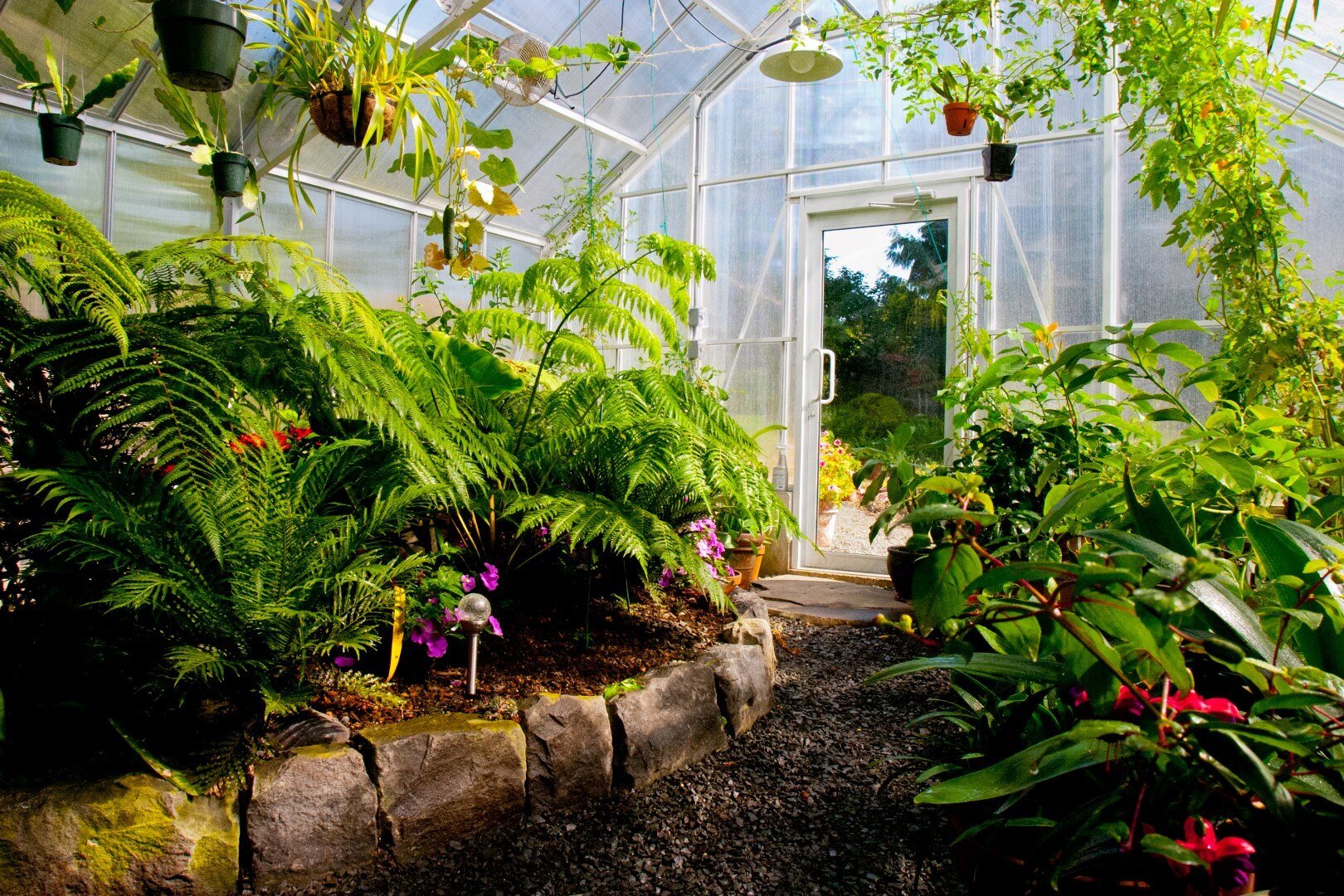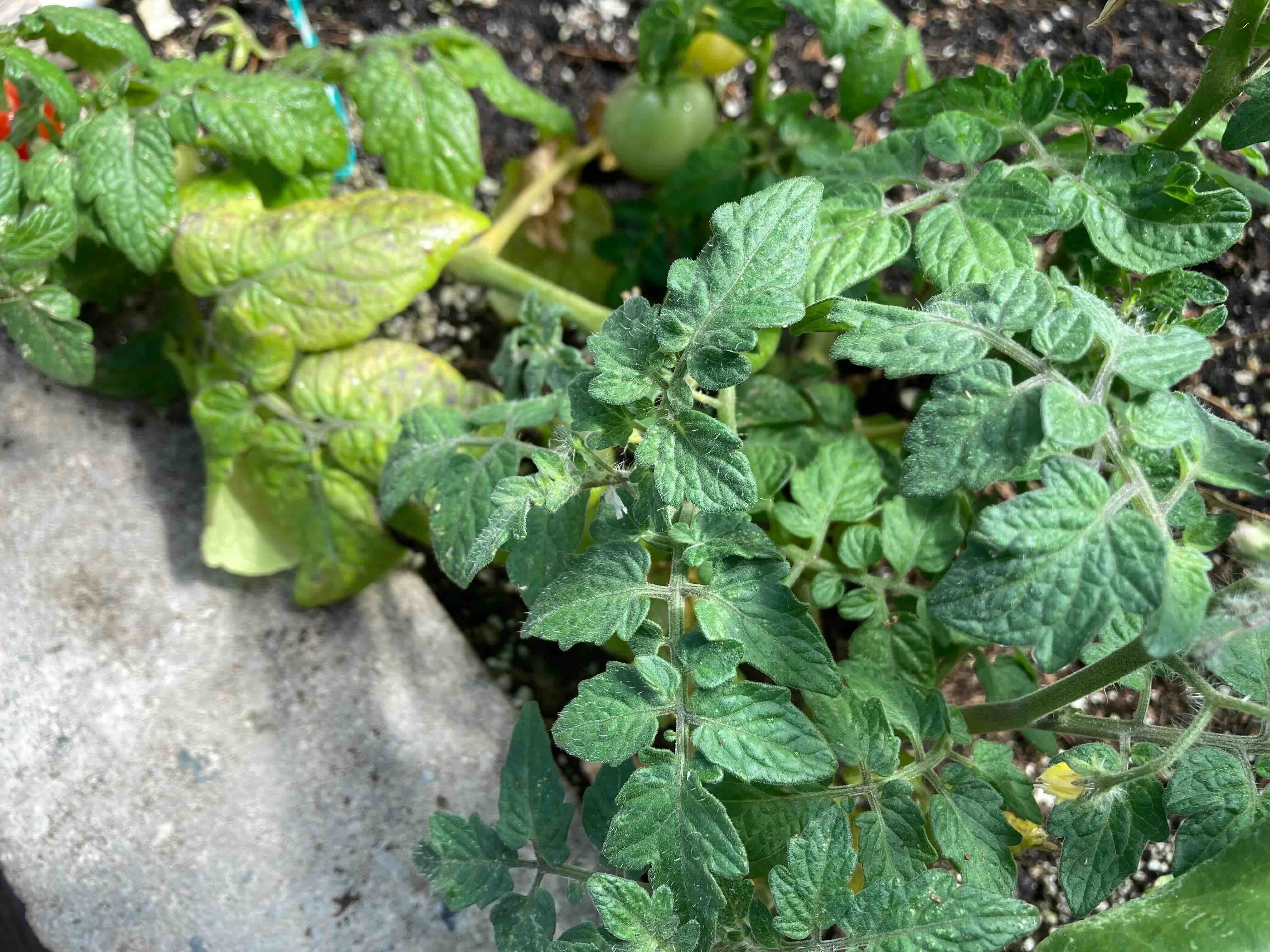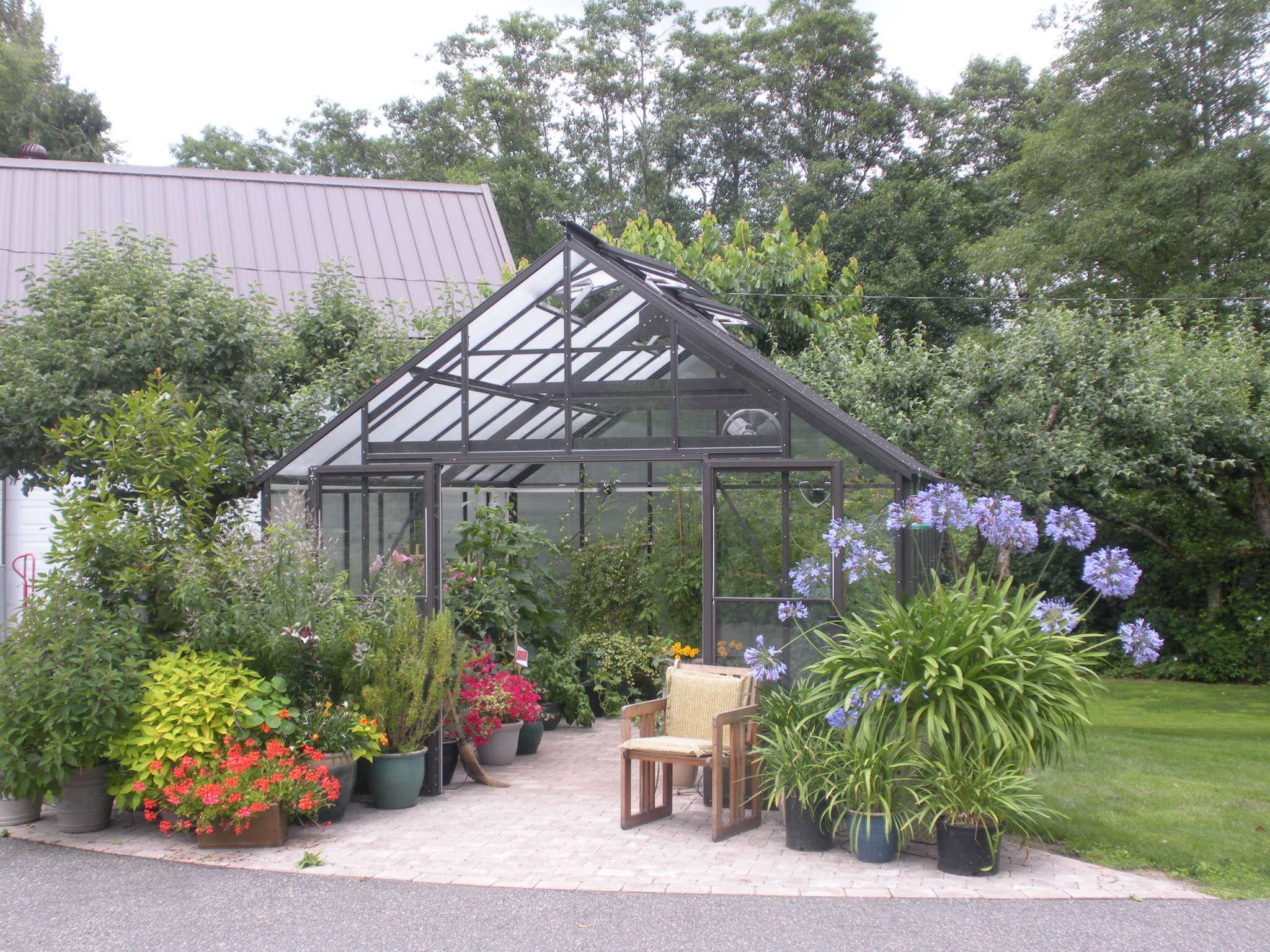Healthy Soil: How to Care for Soil in the Greenhouse
Quick answer
Healthy greenhouse soil is loose, crumbly, and rich with organic matter so roots can breathe, drain well, and find a steady supply of nutrients. Under a greenhouse roof, you keep it that way by starting with a high quality mix, feeding it regularly with compost, watering deeply rather than often, and watching for signs of compaction or salt buildup. When beds or containers start to struggle, a simple refresh from the top or a full reset in problem areas will restore soil life and keep your greenhouse productive season after season, especially in a well designed structure like a BC Greenhouse.





-png.png)